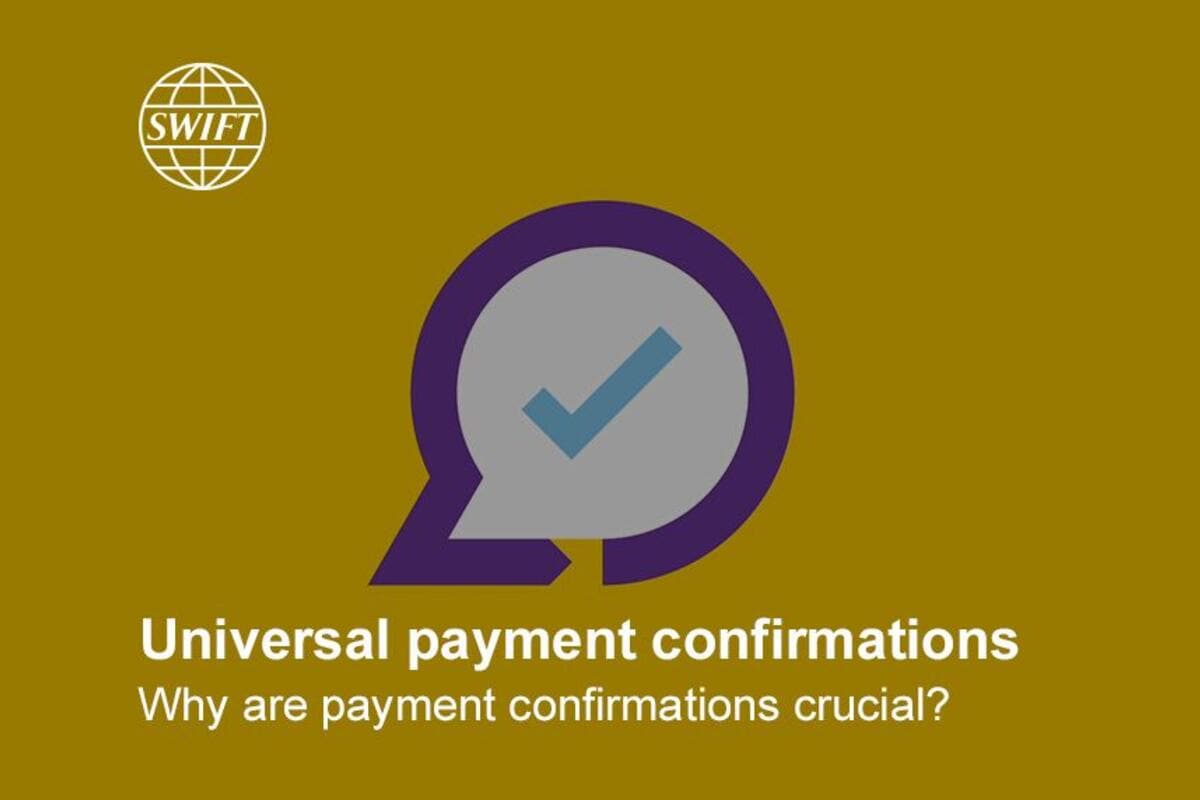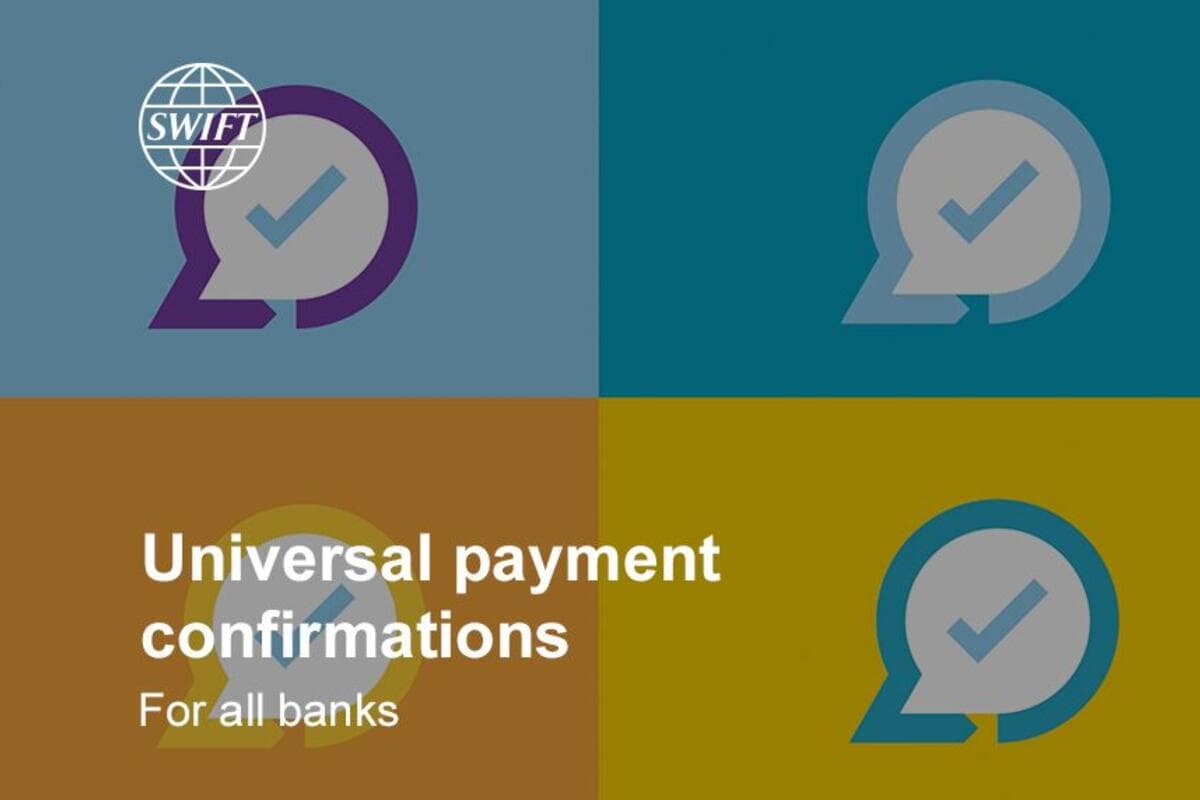What is a UETR?
A Unique End-to-end Transaction Reference (commonly known as a UETR) is a string of 36 unique characters featured in all payment instruction messages carried over Swift.
UETRs are designed to act as a single source of truth for a payment and provide complete transparency for all parties in a payment chain, as well as enable functionality from Swift GPI, such as the payment Tracker.
How do they work?
A UETR is very much like the tracking number couriers use when you send or receive a parcel. The sender issues a unique, unalterable reference which allows a payment to be located at any time, by any of the parties in the chain. UETRs are fully digitised and totally transparent − leading to fast, efficient processing. The sender is also automatically notified of any status changes applied by any banks handling the payment and − crucially − confirmation that the funds have been credited to the beneficiary or rejected at any point in the payment chain.
Why are UETRs so important?
In today’s digital world, banking services are being driven by developments in the consumer space. People now expect clear, accurate and real-time payment information.
UETRs are fundamental to meeting these demands by delivering genuine transparency and true end-to-end tracking of international payments.
When a payment is delayed, the beneficiary needs and expects to be able to find out quickly where the funds are and why that delay has occurred. The consequence of not having this visibility is a series of frustrating manual interventions, friction, and delays to the flow of goods and services. For beneficiary banks, UETRs drastically reduce exceptions and investigations as banks involved earlier in the process can view, in real-time, the latest payment status – meaning they no longer have to contact the beneficiary bank.

Who should provide a UETR?
All Swift users (whether gpi members or non-gpi members) originating payments must provide a UETR as standard for each of the following message types:
- MT103
- MT 103 STP
- MT 103 REMIT
- MT 202
- MT 205
- MT 202 COV
- MT 205 COV
What benefits do UETRs bring?
UETRs allow banks to easily trace their payments in real-time, regardless of complexity or the number of counterparties involved.
They also remove the need for a chain of references between the originating, intermediary and beneficiary banks, ensuring that all parties are using the same end-to-end reference. This reduces errors and the likelihood of conflict, saving time and money on reconciliation.


They also provide a number of other benefits, including:
- Improved customer visibility and certainty on the status of payments.
- Cost and efficiency savings from the reduced effort required to resolve exceptions and investigations.
- New opportunities for innovation that can be developed to add value and improve services.
How do I ensure compliance?
When ordering institutions generate a payment message, their internal systems are required to generate and include a UETR for all of the message types (listed above) in the 121 field of the message.
Intermediary institutions must not generate a new UETR when routing payments, but their internal systems must be able to receive, copy and pass on the code that was present in the received message to other parties in the chain. Therefore, intermediary bank systems must also be able to handle UETRs.
Likewise, beneficiary banks (even if they are not gpi customers), must be able to receive and process UETRs to reconcile payments.
Institutions issuing cover payments must be able to create a copy of the original UETR and pass it over to the cover payment message.

Universal confirmations
From the end of 2020, all Swift member banks will be required to provide confirmation of payments status to the Tracker once they have been credited to the end beneficiary’s account − this must include whether payments have been rejected. As of Standards MT release 2020, universal confirmations will apply to every single customer payment (MT 103 on FIN).
Swift also recommends providing a status update if the payment is transferred to an agent outside of FIN or when the payment cannot be processed immediately. This will give customers certainty on the status of their payments, a demand that is being intensified by the proliferation of domestic real-time payment infrastructures and consumer pressure for payments to be delivered in real-time.
The Basic Tracker
Finally, to extend the benefit of payments tracking and confirmations to all Swift financial institutions, we are introducing the Basic Tracker. Our free Basic Tracker enables financial institutions to track all their payments from end to end in real time. It also allows banks to manually confirm payments and meet the requirements around universal confirmations. It does though lack the advanced features of the UETR leveraging, paid-for Swift GPI Tracker, such as the tracking of intermediary routing, cover payments and value-added services − such as being able to stop and recall payments through the Tracker.




